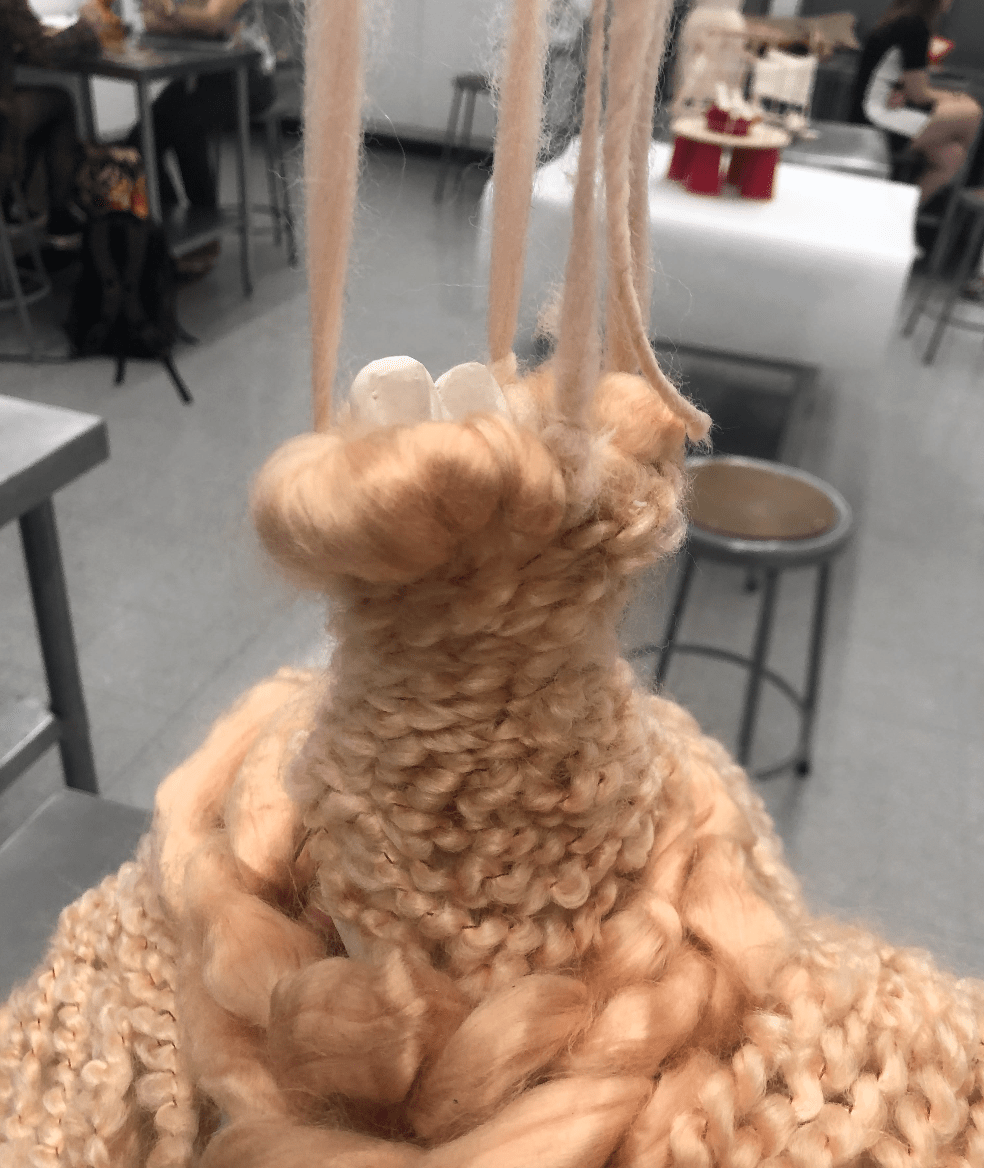It’s 8:06 in the morning and my mouth is on fire. I’ve spent the whole night reading, poring through articles like “The Marriage Cure” and “Am I Too Weird And Contradictory to find love?”, with little reverie-intermissions where I thought of my noodles. I’d completely forgotten they were lying around, still in the deli bag and sitting on my floor under a coat and backpack and camera bag, but when they resurfaced I knew instantly I had to have them. At an acceptable hour, though, of course– if I waited long enough my internal calorie counter would reset, or something. For someone who stayed up all night and not because they wanted to, eight in the morning was the skinny silver bridge between acceptable breakfast hours and a time where I’d stare myself in the mirror after scarfing my food down and lament that it was why my stomach’s puffing out more than usual, and exactly how long I could stand waiting while they were on my mind. So it’s eight in the morning exactly and I’m emptying a packet of sauce that looks like halloween blood onto freshly boiled noodles that came from a packet labeled “Mania HOT Chicken Ramen Stir-Fry Noodles” with some fire symbols and other writing I can’t parse. The goop that looks like it could have bled from my wrist or my cunt looks more like food now and while I’m anticipating putting it in my mouth is when I first think of writing about it; I don’t know where or when but I do think it’s very funny that the sauce looks like the largest chunk of the budget of Evil Dead 2 and that I’m very clever. I’ve only had the noodles once before, bought with the ones I’m about to eat now but never finished. Out of the monolith shelf of instant noodles at the deli, each vibrant block of packaging sat in undisturbed rows save for these, two vinyl-black chunks of gold in a pan of two-dollar, noodly pith. The logic was simple; clearly they had to be something special if they seemed oh-so-in demand. The lady at the counter gave me a thinly-veiled warning, half to avoid a complaint in three days’ time and half a well-founded underestimation: “You know those are spicy, right?”
I assured her I knew and that I enjoyed it (“I put hot sauce on ALL my fries,” I remember saying), cooked the first package up the moment I got home with them and was struck with how un-spicy they were on first swallow. My roommates were hearing uninvitedly about the same cashier in less eloquent terms (“They were SPICY, she said,”) just as my cinematic comeuppance came; the sweet bite I anticipated was nowhere to be found and instead I found myself consumed all at once by a dry, suffocating burn.








